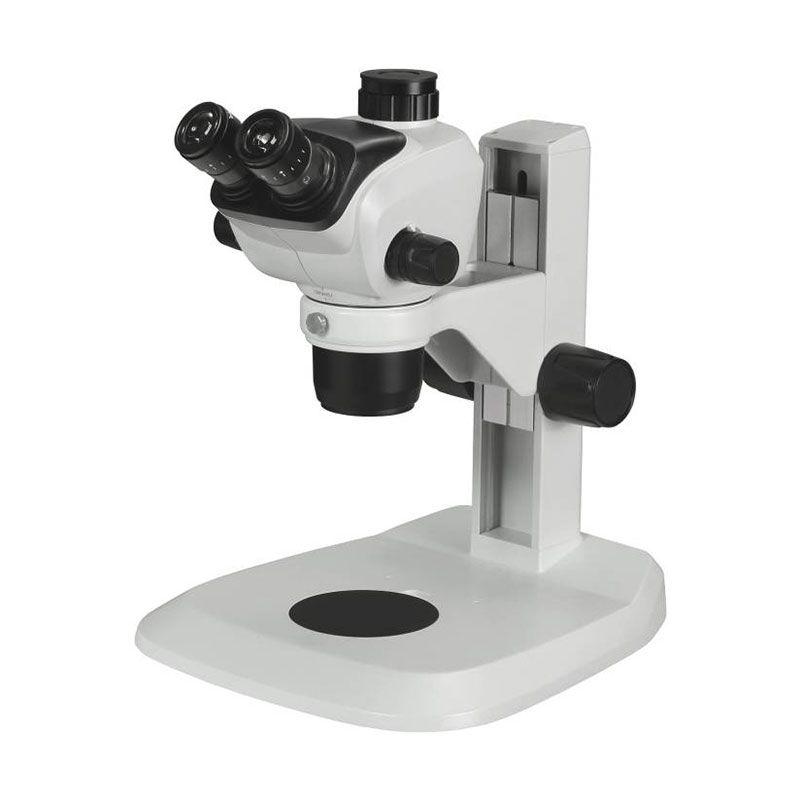What Applications Are Typical for Stereo Microscopes?

Dissecting or stereo microscopes are adaptable instruments that can be used to examine a variety of objects and processes. Studies of objects like insects, plants, and cells that are too small for the human eye to see are made easier with their assistance. Stereo microscopes can also be used to examine processes that are too small or quick for the human eye to see, like the growth of a crystal or the flow of blood through a vein. Stereo microscopes are widely used in a variety of fields, including:
l Electronics: Electronics technicians use stereo microscopes to assemble and fix electronic devices. Working with small and delicate components is made possible for electronics technicians by their ability to see objects in three dimensions.
l Medicine: Surgeons and other medical professionals use stereo microscopes to carry out delicate procedures like dentistry and microsurgery. Surgeons and other medical professionals can operate with greater precision because they can see objects in three dimensions.
l Manufacturing: Stereo microscopes are used by manufacturers to inspect raw materials and completed products for defects. With three-dimensional vision, manufacturers can detect flaws that would be challenging to find under a conventional microscope.
l Biology: Biologists use stereo microscopes to examine a variety of organisms, such as plants, insects, cells, and tissues. To understand the anatomy and physiology of these organisms, one must be able to see things in three dimensions.
l Education: Stereo microscopes are used in biology, chemistry, and physics departments at schools and universities.
For specialists in a wide range of fields, including science and engineering, stereo microscopes are indispensable instruments. We wouldn't be able to discover new things or view the world from various angles without them.
- Art
- Causes
- Crafts
- Dance
- Drinks
- Film
- Fitness
- Food
- Games
- Gardening
- Health
- Home
- Literature
- Music
- Networking
- Other
- Party
- Religion
- Shopping
- Sports
- Theater
- Wellness


